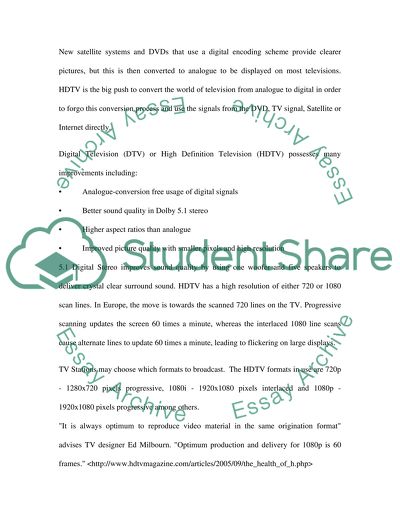Cite this document
(“Interactive High Definition Television Essay Example | Topics and Well Written Essays - 2250 words”, n.d.)
Retrieved from https://studentshare.org/technology/1500784-interactive-high-definition-television
Retrieved from https://studentshare.org/technology/1500784-interactive-high-definition-television
(Interactive High Definition Television Essay Example | Topics and Well Written Essays - 2250 Words)
https://studentshare.org/technology/1500784-interactive-high-definition-television.
https://studentshare.org/technology/1500784-interactive-high-definition-television.
“Interactive High Definition Television Essay Example | Topics and Well Written Essays - 2250 Words”, n.d. https://studentshare.org/technology/1500784-interactive-high-definition-television.


